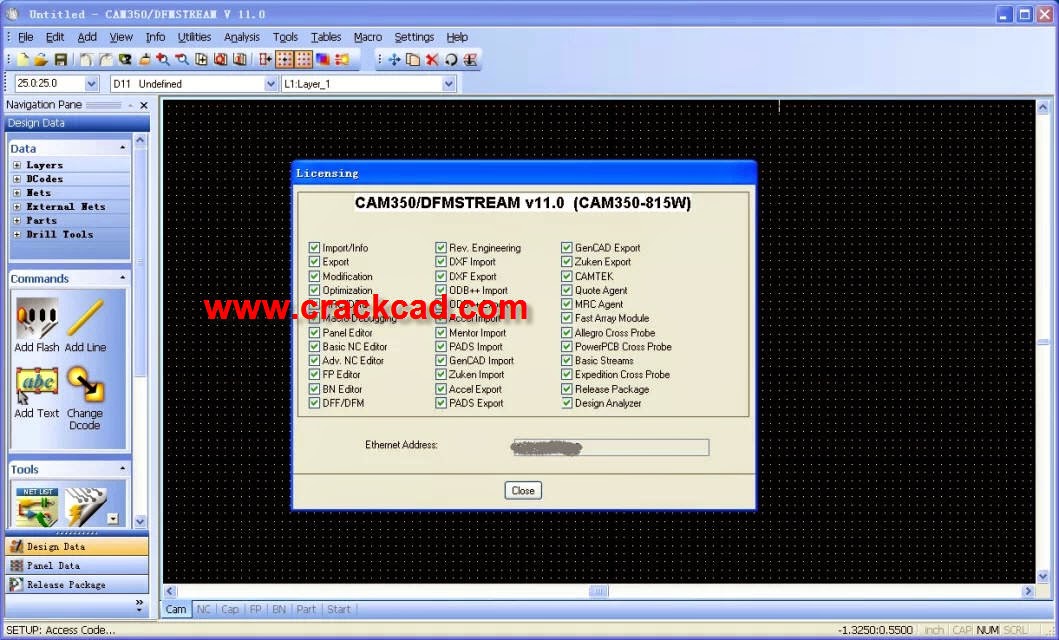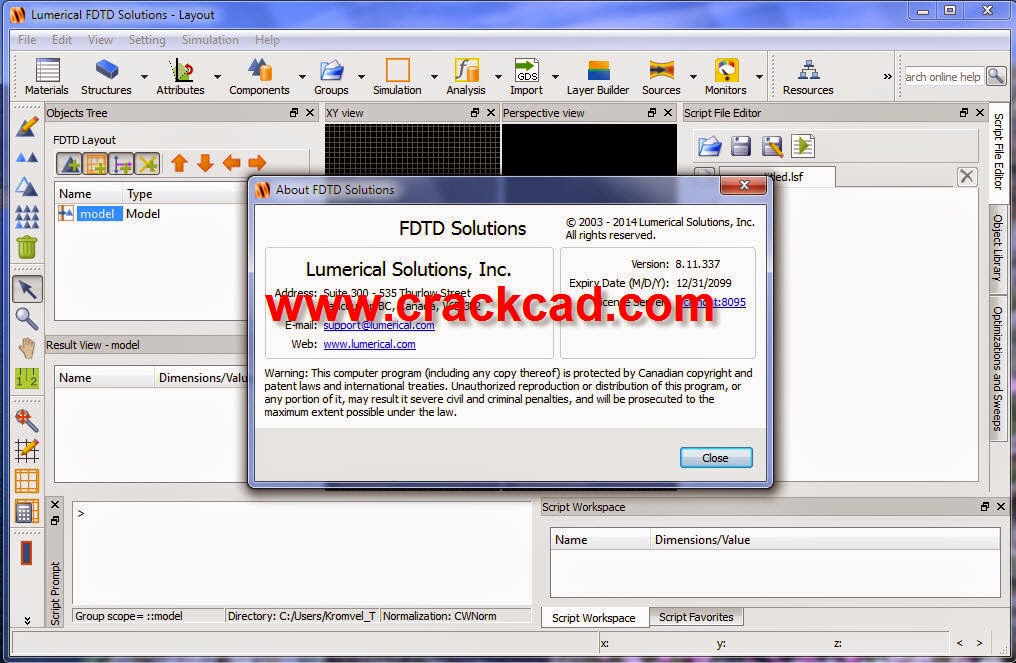CAM350 will import your CAD database or you can choose to import Gerber files. It will then verify that the electrical characteristics match the design intent. Errors can occur in translation such as accidental inclusion of non electrical items in Gerber output or problems with manual separation of voltages on a plane layer. CAM350 will graphically match up original design files with Gerbers to ensure accuracy by locating any disparities.
CAM350 also offers Design Rule Checks (DRC) to verify the Gerber layers match the design rules in your CAD system and the capabilities of your fabricator as well. CAM350's Design for Fabrication (DFF) tools insure the board not only matches manufacturing capabilities, but also searches out design flaws that may affect yields resulting in missed deliveries and delayed product release.
CAM350’s Design for Fabrication (DFF) Analysis pulls fabrication rules into the PCB design domain and presents them in a way that is understood by the PCB designer. DFF Analysis verifies the PCB database to find issues that may cause problems when entering into the fabrication process.
Directly import your design data for true WYSIWYG representation
Analyze, identify, and fix manufacturing flaws that may cause delay
Inspect for etching, soldermask, thermal, and spacing violations
Verify and maintain design integrity and intent
Easy to learn, use and implement
CAM350 for CAM Engineers
CAM350 automates the PCB CAM engineering department by preparing and optimizing the design files for fabrication. Getting designs quickly through fabrication is a very complex process and effectively managing each operation is the key to moving into high-volume production. With a solution for every operation, CAM350 manages data input and preparation, through analysis, test, mill and drill to final bare-board production.
Any complication during fabrication will make the job time consuming and labor intensive, decreasing profitability. CAM350 can safeguard against these setbacks.
When using CAM350, the CAM engineer will accurately prepare, optimize and process the design data. CAM350 will perform an in depth analysis of the data to locate manufacturing violations, it will create optimized mill and drill files, prepare test data, and produce panelization strategies, all resulting in an automated, highly effective process.
Seek out and repair manufacturability flaws in the design
Create NC files quickly and accurately
Optimize the drill and mill machine performance
Streamline tooling with panelization functionality
Extract the essential data to drive test equipment
Optimize test machine performance and probing time
Identify collisions, break-outs, and un-probable conditions





